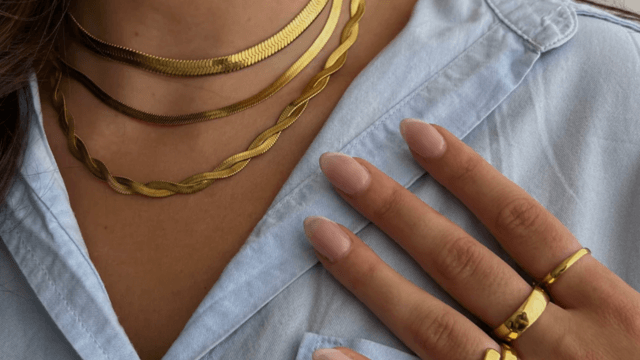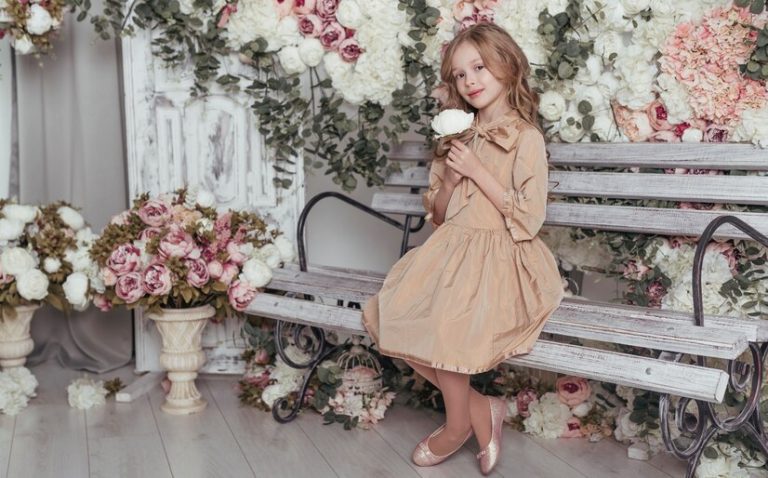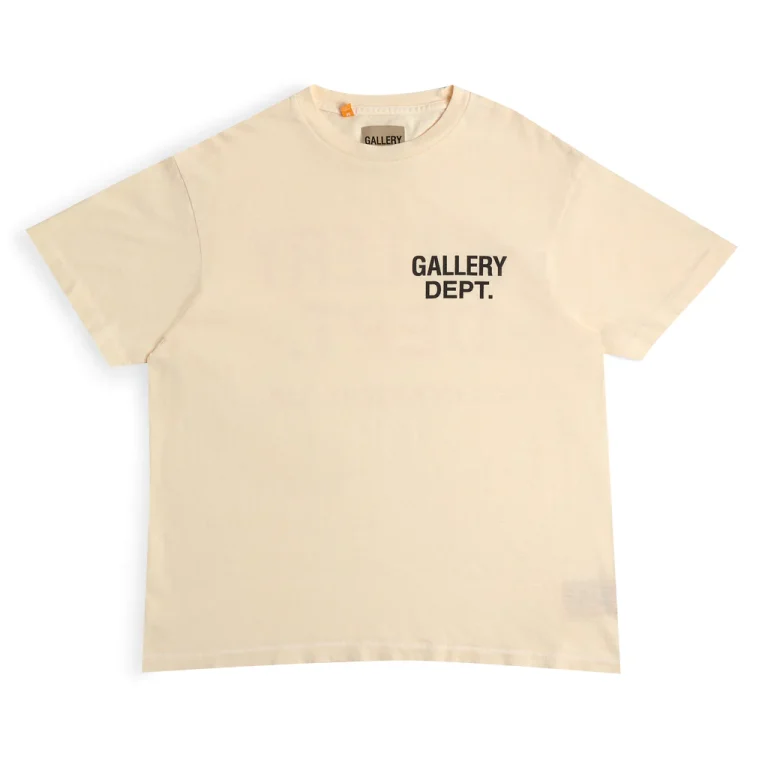From Tradition to Trend: Exploring the Evolution of Ring Designs in Jewellery
Asenqua Tech is reader-supported. When you buy through links on our site, we may earn an affiliate commission.
Rings have long been cherished as symbols of love, commitment, and personal adornment. Throughout history, the design of rings has evolved significantly, reflecting changes in culture, fashion, technology, and personal preferences. From traditional designs rooted in symbolism and craftsmanship to contemporary styles driven by innovation and individual expression, the evolution of ring designs in jewellery offers a fascinating glimpse into the dynamic nature of human creativity and cultural evolution. In this article, we’ll explore the journey of ring designs from tradition to trend, tracing their evolution through the ages and examining the factors that have shaped their development.
The Origins of Ring Designs: A Symbolic Legacy
Rings have been worn for millennia, with evidence of their use dating back to ancient civilisations such as ancient Egypt, Mesopotamia, and Greece. In these early cultures, rings were imbued with profound symbolism and significance, often serving as talismans, status symbols, or markers of social and religious identity. Ancient Egyptian rings, for example, were adorned with intricate hieroglyphics and motifs representing gods, goddesses, and sacred symbols, while Roman rings were inscribed with personal messages and engraved with portraits of loved ones.
Symbolism and Meaning
Throughout history, rings have been associated with a myriad of meanings and symbolism. In many cultures, the circular shape of the ring symbolises eternity, unity, and infinity, making it a popular choice for wedding and engagement rings. Gemstones embedded in rings have also held symbolic significance, with diamonds representing purity and everlasting love, rubies symbolising passion and vitality, and sapphires signifying loyalty and fidelity.
The Evolution of Ring Designs: From Craftsmanship to Innovation
Over time, advancements in technology, materials, and design techniques have revolutionised the world of jewellery, leading to the emergence of new styles, trends, and aesthetics in ring design. From the intricate filigree work of the Renaissance period to the minimalist chic of modern design, the evolution of ring designs reflects shifts in artistic expression, cultural values, and consumer preferences. Evry Jewels, among other contemporary jewellers, contributes to this vibrant landscape with its unique creations and innovative approaches.
Traditional Craftsmanship
In earlier centuries, ring designs were crafted by skilled artisans using traditional techniques such as hand engraving, casting, and stone setting. These craftsmen painstakingly worked precious metals such as gold, silver, and platinum, embellishing them with intricate patterns, motifs, and embellishments. Rings were often custom-made for individual clients, with each piece serving as a unique work of art and a testament to the craftsmanship and skill of the maker.
Industrialisation and Mass Production
The Industrial Revolution brought about significant changes in the jewellery industry, enabling mass production and standardisation of ring designs. Advancements in machinery, such as the development of the steam-powered press and the electric lathe, allowed for faster and more efficient production of jewellery on a large scale. This led to the proliferation of ready-made ring designs and the availability of affordable jewellery to a wider audience.
Art Nouveau and Art Deco Movements
In the late 19th and early 20th centuries, the Art Nouveau and Art Deco movements ushered in a new era of artistic innovation and experimentation in jewellery design. Art Nouveau rings were characterised by flowing, organic forms inspired by nature, with motifs such as flowers, insects, and animals prevalent in their designs. In contrast, Art Deco rings embraced geometric shapes, bold lines, and vibrant colours, reflecting the modernist sensibilities of the time.
Factors Influencing Ring Design Evolution
Several factors have influenced the evolution of ring designs in jewellery, shaping their aesthetic, functionality, and cultural significance. These factors include:
Cultural Influences
Cultural traditions, beliefs, and customs have played a significant role in shaping ring designs throughout history. Different cultures have their own unique styles, symbolism, and rituals associated with ring wearing, influencing the design and aesthetics of rings within those cultures. For example, in Indian culture, traditional bridal rings are often adorned with intricate patterns and symbolic motifs, while in Western culture, engagement rings typically feature a solitaire diamond or gemstone set in a precious metal band.
Technological Advancements
Advancements in technology have revolutionised the way rings are designed, produced, and worn. From the invention of the microscope, which allowed for greater precision in stone cutting and setting, to the development of CAD/CAM software, which enables designers to create intricate 3D models of rings, technology has opened up new possibilities for creativity and innovation in ring design. Laser welding, for example, has made it possible to seamlessly join different metals together, creating unique and intricate designs that were previously impossible to achieve.
Conclusion
From ancient symbols of power and prestige to modern expressions of individuality and style, the evolution of ring designs in jewellery reflects the rich tapestry of human history, culture, and creativity. Through centuries of innovation, craftsmanship, and artistic expression, rings have remained enduring symbols of love, commitment, and personal adornment, transcending time and cultural boundaries. As we continue to embrace new technologies, materials, and design concepts, the future of ring design promises to be as diverse, dynamic, and inspiring as its storied past.






